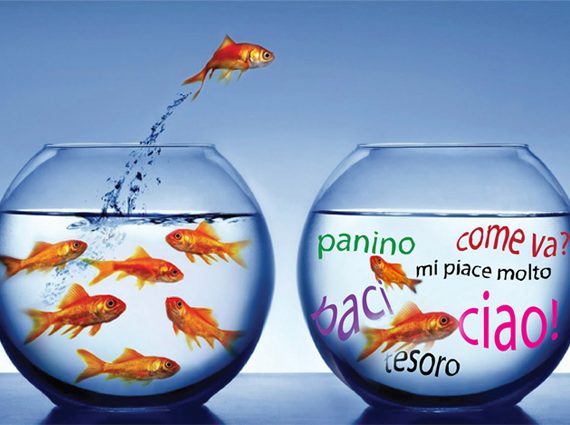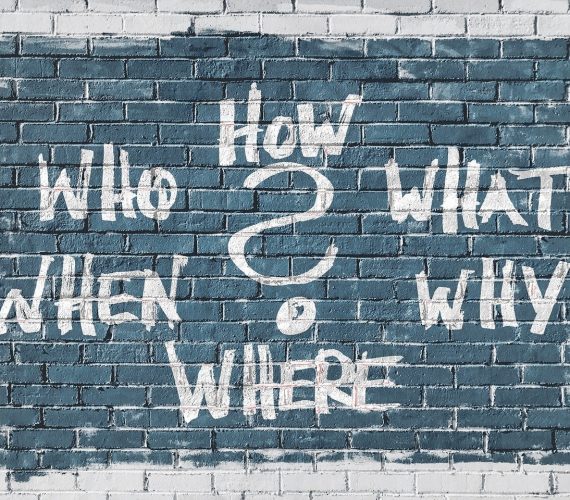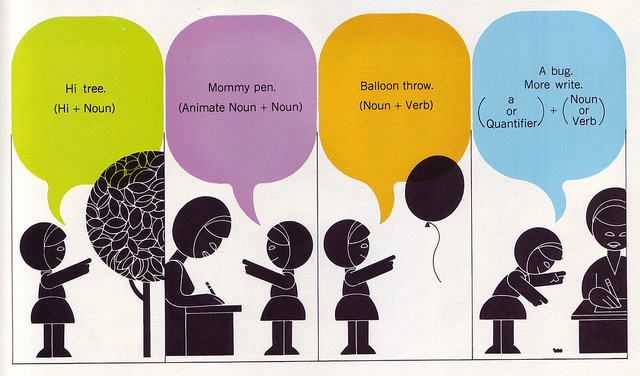
What is it?
The grammar-translation method consists of learning grammar rules and then applying them by translating sentences between the target language and the native language. Through grammar and translation a student acquires a knowledge of grammar structures than can later be transformed into conversation.
Words are taught through bilingual word lists so that students can memorize them. A chapter in a typical grammar-translation textbook begins with a bilingual vocabulary list, after which there are some grammar rules to study, a small text and sentences to translate, or other type of grammar drills (e.g multiple choice, fill in the gaps, etc).
Grammar is taught deductively and there is an emphasis on accuracy, which means that errors need to be corrected from the start. Instructions are given in the student’s mother tongue to enable comparisons between the target language and the student’s native language. Let’s see an example in the Esperanto language.
Vocabulary
akvo, water | knabo, boy | knabino, girl | kaj, and | libro, book
legi, to read | ludi, to play | manghi, to eat | trinki, to drink
Grammar
- The definite article (“the” in English) is “la” in Esperanto, as in “la knabo” = “the boy”.
- Indefinite articles (“a” and “an” in English) are not used in Esperanto. For example: knabo = a boy.
- All singular nouns end in –o. To make a noun feminine you add –in, as in “knabo” (boy), “knabino” (girl).
- All verbs end in -i, as in manghi (eat) or trinki (drink).
- All present tense verbs end in –as, so there are no verb conjugations. Example: la knabino manghas = the girl eats.
- You add an –n to the receiver of the action (the direct object). This allows a flexible word order within the sentence, as in “La knabo manghas kukon” or “La knabo kukon manghas” (The boy eats a cake).
Quiz-summary
0 of 8 questions completed
Questions:
- 1
- 2
- 3
- 4
- 5
- 6
- 7
- 8
Information
Check what you learned in the following quiz.
You have already completed the quiz before. Hence you can not start it again.
Quiz is loading...
You must sign in or sign up to start the quiz.
You have to finish following quiz, to start this quiz:
Results
0 of 8 questions answered correctly
Time has elapsed
| Average score |
|
| Your score |
|
Categories
- Not categorized 0%
- 1
- 2
- 3
- 4
- 5
- 6
- 7
- 8
- Answered
- Review
-
Question 1 of 8
1. Question
The girl eats.

-
Question 2 of 8
2. Question
The girl drinks water.

-
Question 3 of 8
3. Question
The boy reads a book.
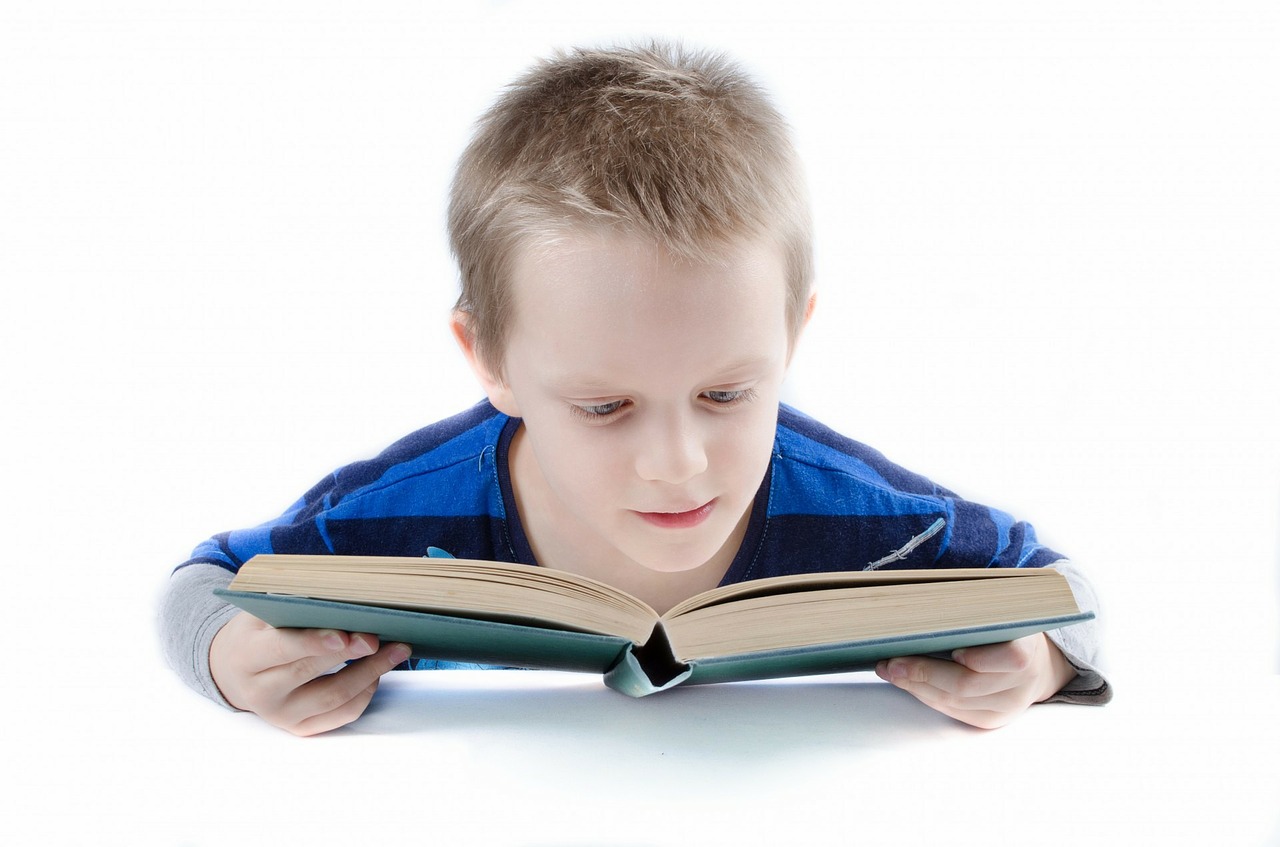
-
Question 4 of 8
4. Question
La knabo kaj la knabino ludas.

-
Question 5 of 8
5. Question
La knabino … akvon.
-
Question 6 of 8
6. Question
Which word does not belong?
-
Question 7 of 8
7. Question
Which word does not belong?
-
Question 8 of 8
8. Question
You are walking along Broadway, NYC and see the following store. What do you usually do in this type of establishment?
Since you are learning a new language whose grammar and vocabulary are different from yours, ultimately all language learning is grammar-translation learning. Even most well-known systems rely on this method; either by adding a dialogue and grammar clues (e.g Assimil, Teach Yourself Guides) or gamification (e.g Duolingo).
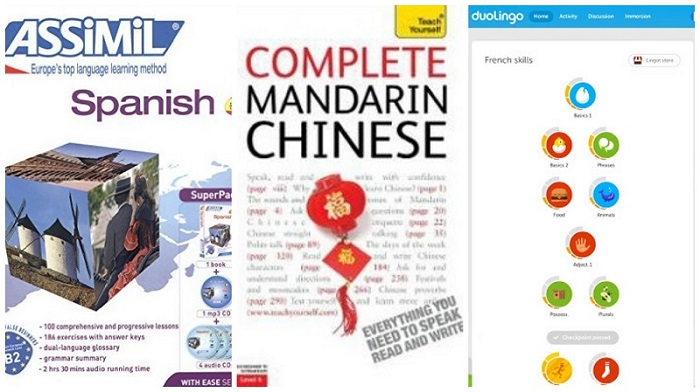
Related answers:
